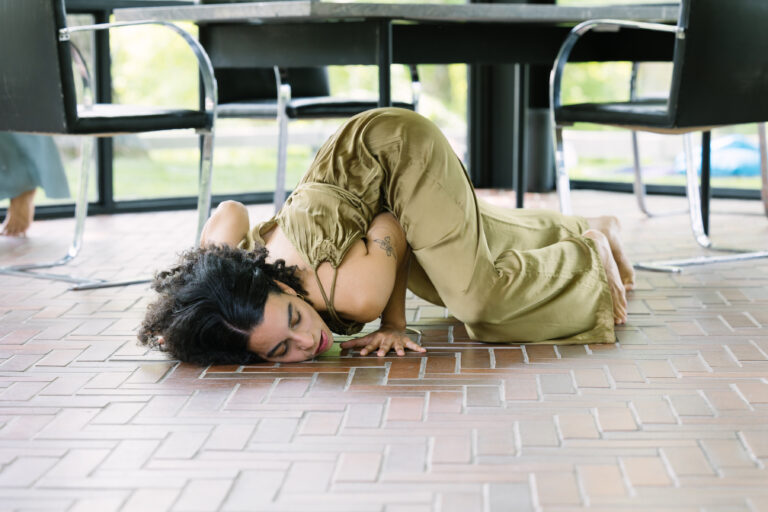
Few life transitions are as radical as going from high school to college. For many students, it’s the first time they’re living on their own and navigating new-found independence, and the new environment can be incredibly daunting.
But when high school teachers make college preparation a priority, students can move on confidently. Here, three high school dance teachers at different types of schools give their best advice for helping students make a smooth college transition.
Joseph Morrissey, director of dance
Interlochen Arts Academy, Interlochen, Michigan
Private fine arts boarding school
Most Interlochen dance graduates choose to enter university dance programs. So Joseph Morrissey and other Interlochen faculty emphasize what to expect with the pace of college programs, which can often come as a shock to new students. “We address it in the pre-professional delivery of the class—the exercises, the pacing, the speed. There’s a very high expectation of these students that they’re going to pick up choreography very fast,” he says. “It’s so fast-paced that there’s no way for them not to be prepared for a high-paced college environment.”
Morrissey also brings in guest teachers and college representatives, so students can gain information and college reps can see what his school has to offer, come audition time. “I tend to steer the students on a university track, mainly because they’re getting that conservatory base here,” he says. “The more exposure they can have to a variety of different people, the better, because dance is such a short career. I try to encourage them to cast a wide net.”
He also advocates taking the time to get to know students as individuals. “Knowing and investing in the student beyond just the steps is really important in guiding their transition,” he says. “The more you know about them and their interests, the more you can help navigate them to the right school.”
Christopher Rutt, dance coordinator
New Trier High School, Winnetka, Illinois
Public school
Although roughly 98 percent of New Trier High School graduates enroll in college, the majority do not pursue arts degrees. But dance coordinator Christopher Rutt often gets students who want to double-major or minor in dance, so he always keeps the Dance Magazine College Guide on hand. He also prompts students to see performances, take outside classes and participate in local dance events. “If a kid is really serious about dance, I tell them to get out and get an experience. I try to give them as much information as I can and encourage them to be curious,” he says.
Rutt uses his Dance Lab class for juniors and seniors as a platform for the artform. “I do a presentation on types of degrees and schools,” he says, “and we also talk about some of the jobs out there that might be tangential to dance besides just being a dancer and a choreographer.”
Rutt also threads in lessons that are applicable to any college student, no matter what they study, to aid them through the college interview process, their studies and into their careers. He holds feedback sessions where students practice voicing clearly what they see, and he has them practice walking confidently. “We discuss being able to network and communicate, being able to articulate what you want to say and really looking someone in the eye when you say it,” he says.
Janie Carothers, dance chair
Kinder High School for the Performing and Visual Arts, Houston, Texas
Public arts magnet school
At Kinder High School for the Performing and Visual Arts, dance chair Janie Carothers focuses on bringing in guest teachers, college representatives and former students to network with her students. “The dance world is kind of small. Start talking to people!” she says. “It’s really about networking and getting as much information as possible.”
All senior dancers take Senior Lab, a course designed to prep students for college, taught by Carothers. Students create a college portfolio complete with resumé, headshots and video audition footage. They do research projects on colleges and potential majors, both dance and otherwise. Carothers discusses tuition and financial aid, as well. “I think it’s much harder for students now to make these choices than it was when I went to school,” she says. “There are so many more choices, and college is getting more and more expensive.” She will meet with parents, too, to make sure they’re just as informed as her students.
Carothers also suggests reading A Life in Dance: A Practical Guide, by Fran Kirmser and Rebecca Stenn, which contains dozens of interviews with professionals working in different areas of dance.
Ultimately, just being a source of support for students can go a long way, even after they’ve graduated. “You hope that all of the information they’ve gotten throughout high school will help guide them, but they may have to fall down a couple of times in college before they figure it out,” Carothers says. “No matter how much you prepare them, it’s a huge adjustment.”




